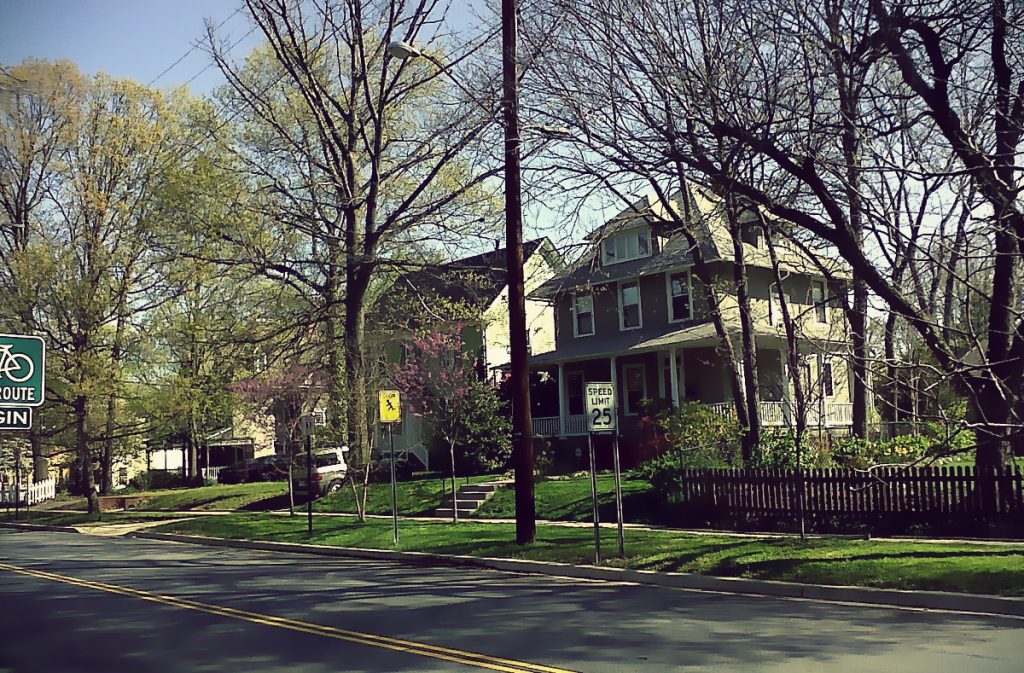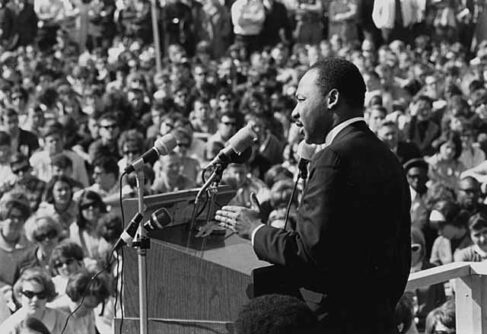Philanthrolocalism isn’t just about warm feelings and clear benefits, but a complex mix of benefits and foregone opportunities.
Philanthropy Daily regularly features “philanthrolocalism”—philanthropy directed to the donor’s local community. Philanthrolocalism has the warm glow of local folk helping their neighbors, doing good in their own community to satisfy needs they understand.
Or not.
Neighbors can pull together to accomplish something great for the community—or they might just disagree very, very sharply about what’s best for the community and how to spend philanthropic dollars.
Perhaps both the accomplishment of some good along with a very sharp disagreement are unfolding in Takoma Park, Maryland, where I live with my family.
Takoma Park—a city of 17,000 that borders Washington, D.C.—is noted for possessing a rich, if sometimes offbeat, sense of community. Morris dancers mark the winter solstice and May Day with a public performance. There’s an annual “pajamarama,” where downtown merchants give discounts to everyone shopping in his pajamas. There’s a big annual folk festival, and an Independence Day parade. The city has a terrific municipal public library, much superior to the nearby county public library, that hosts multiple author events each month and is supported by an active “Friends” organization. Takoma Park boasts twenty-three “Little Free Libraries,” one for roughly every 750 residents, each maintained by a volunteer. I could go on, but you get the idea: there’s a lot of local activism.
So it’s just the kind of place where one can see the vexing issues that may accompany philanthrolocalism.
That’s what happened when the city and local residents responded to the sudden announcement of an IRS auction of a wooded parcel of land. Some saw a terrific opportunity to build and sell new housing; others saw green space to be preserved. The City Council unanimously voted to bid on the parcel—and, to bolster the city’s bid, a number of local philanthropic residents pledged to add to the city’s bid if necessary to outbid developers. In the end, over $100,000 was pledged. On auction day on January 22, the city, its wallet fattened by citizens’ pledges, placed the winning bid of $253,000.
It looks like a philanthrolocalist win—local residents saw the opportunity to provide something for their community, and they organized themselves and put up the cash to make it happen. Add to that the willingness of local naturalist organization to pitch in with its expertise about how to clear invasive vines out of the woods so as to make them more welcoming. So far, so good.
But the final picture is more complex. Some suggested that the extra dollars offered by local philanthropists only drove up the winning bid. And, one might wonder if the city’s spending should be directed towards priorities favored by those wealthy enough to commit their own dollars on top of their taxes—doesn’t that risk distorting the city’s spending priorities in favor of a select portion of residents?
There’s also the question of what else might be done with the money. I spoke with Brian Robinson, who is associated with a local nonprofit, the Friends of Old Takoma. Robinson was plainly dismayed by how readily local residents opened their wallets to bid on the land when his organization has been struggling to raise funds a project intended to help lower-income residents. “They don’t want to invest in anything other than trees and dog parks,” he complained.
I spoke with Councilwoman Kate Stewart, whose ward includes the land in question. She said that she couldn’t say if citizens’ donations drove up the final price and pointed out that City Council had already focused on protecting open spaces—and that the council had resolved to bid on the land before knowing donated funds would be available to supplement taxpayers’ money.
When I asked her if private donations coupled with public money should be a model that Takoma Park should use again, Stewart said this recent partnership between the city and residents was
not necessarily a model. . . . [T]he city should have its priorities and figure out how we’re going to pay for them. But having said that, there are opportunities that come up and there may be opportunities like this in the future. . . . People worked really hard on this—the city staff, the council, and residents. That’s what I hope we can use as a model.
In the end, this story shows that philanthrolocalism isn’t just about warm feelings and clear benefits, but a complex mix of benefits and foregone opportunities. Neighborhoods are like families, where feelings can run high and people can see the same facts in very different lights. That’s not to say that philanthrolocalism isn’t to be preferred to philanthropy driven by large, national foundations—just that, as with everything, the final picture is complex.







Takoma Park’s activism extends to, in 1983, having been declared a “nuclear-free zone” by its then-mayor, Sam Abbott. City contractors and vendors must certify that they do not do business in support of US nuclear weapons programs. Waivers are available when necessary. One was granted to Hewlett Packard.